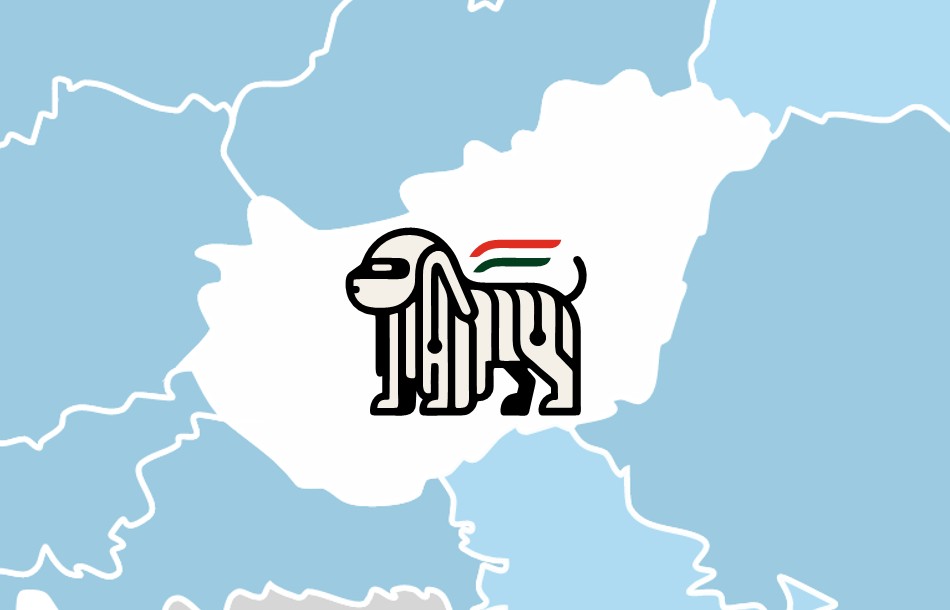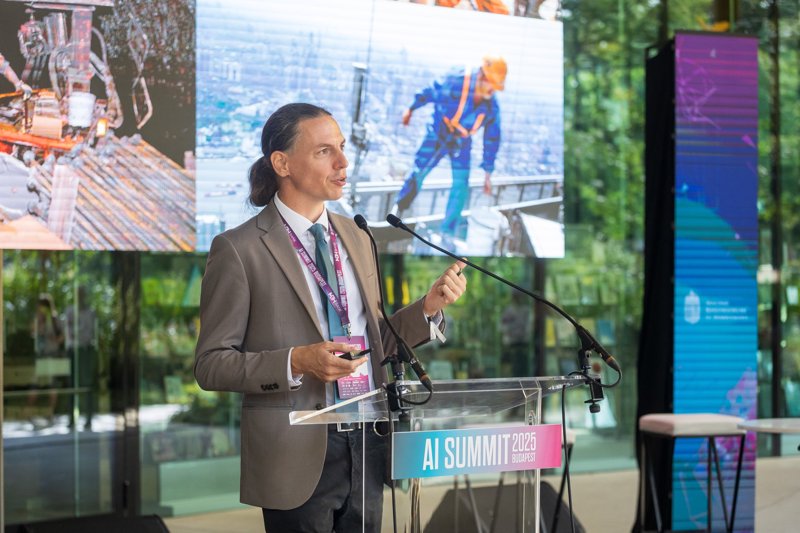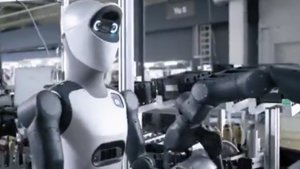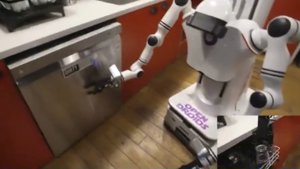Hungary Stirs at the Robotic Dawn: AI Summit Budapest Signals Growing Momentum
Hungary appears to be awakening to the robotics revolution. The AI Summit Budapest 2025, held on 8-9 September at the House of Music and Museum of Ethnography, demonstrated clear signs of building momentum. More than 300 speakers across ten themed tracks discussed practical AI applications—spanning healthcare, urban planning, industrial implementation, and the creative sectors.
Among the event’s notable voices, László Palkovics emphasised that Hungary possesses the capability to manufacture humanoid robots—and argued we should actively pursue this goal. He reinforced the critical importance of domestic AI education as a fundamental pillar for national competitiveness. These aren’t mere aspirational slogans; they represent essential prerequisites for joining the next wave of industrial innovation.
Equally significant was the announcement of the Hungarian Robotics Association—a long-awaited institution filling a crucial gap in the country’s technological landscape. As co-chair Máté Benyovszky explained, the association aims to catalyse Hungarian robotics development and ignite a movement enabling the country to maintain its footing in this accelerating technological race. Further details are available at robotikaiszovetseg.hu.

This initiative isn’t about overnight transformation. Rather, it focuses on constructing a sustainable ecosystem—encompassing education, research, supply chains, system integrators, and pilot projects—to ensure Hungarian companies and engineers become indispensable within the robotics value chain. While we currently lag slightly behind several neighbouring countries, consistent policy support combined with coordinated industry initiatives could effectively close this gap.
Key practical insights from the Summit include:
- Education priority: expand AI and robotics curricula across all educational levels.
- Capability development: encourage local prototyping of humanoid and mobile robotic platforms.
- Academia-industry integration: fund joint testbeds and real-world factory implementations.
- Coalition building: utilise the new Association to coordinate standards, tenders, and talent development.
The signals from Budapest are encouraging. If these commitments translate into long-term investments and steady execution, Hungary has the potential to transition from observer to active builder in both robotics and applied artificial intelligence.






